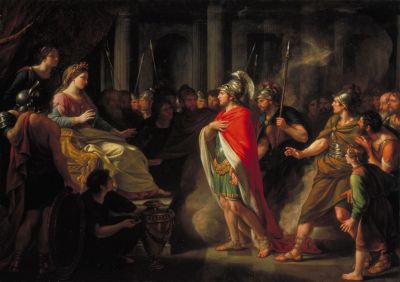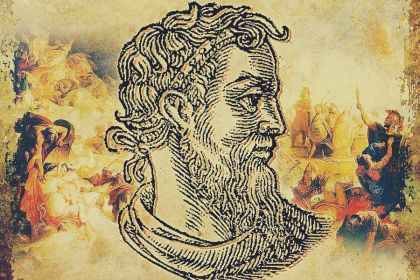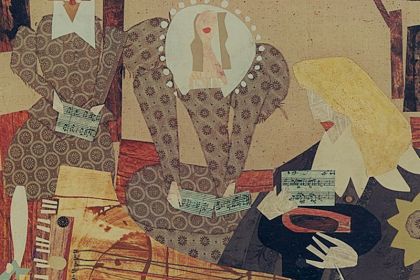ORCHESTRA
Dido's Lament: sadness and simplicity of Purcell's best-known song

The Meeting of Dido and Aeneas by Nathaniel Dance Holla
When I Am Laid In Earth or Dido's Lament is probably one of the saddest songs of the Baroque era, written by the English composer Henry Purcell for the opera Dido and Aeneas, his only all-sung dramatic work. The opera is based on the poem Aeneid—the famous masterpiece by the ancient Roman poet Virgil telling the story of the legendary Trojan hero Aeneas.
The plot of the opera revolves around the love story of Aeneas and the Carthaginian queen Dido that blossomed after a storm had thrown Aeneas' ships to the Libyan coast. Their happy marriage did not last as Aeneas fell under the spell of a sorceress and left Carthage, after which the inconsolable Dido took her own life.
It is believed that Dido and Aeneas was conceived as an allegory to historical events in England, although the sorceress, absent in Virgil's poem, was introduced into the plot to create a hidden subtext. Aeneas is said to allude to the King of England and Ireland James II who was misled by the sorceress and her witches (a common metaphor for Roman Catholicism at the time) into abandoning Dido, who symbolizes the British people.
Listen to Purcell's When I Am Laid In Earth (Dido's Lament) performed by Andreas Scholl with Accademia Bizantina:
Curiously, the opera was written in a very simple manner, originally intended to be performed by schoolchildren. Arranged in the form of a chaconne, Dido's Lament aria is now Parcell's best-known song due to its frequent appearances in films including the 2001 American war drama miniseries Band of Brothers.



